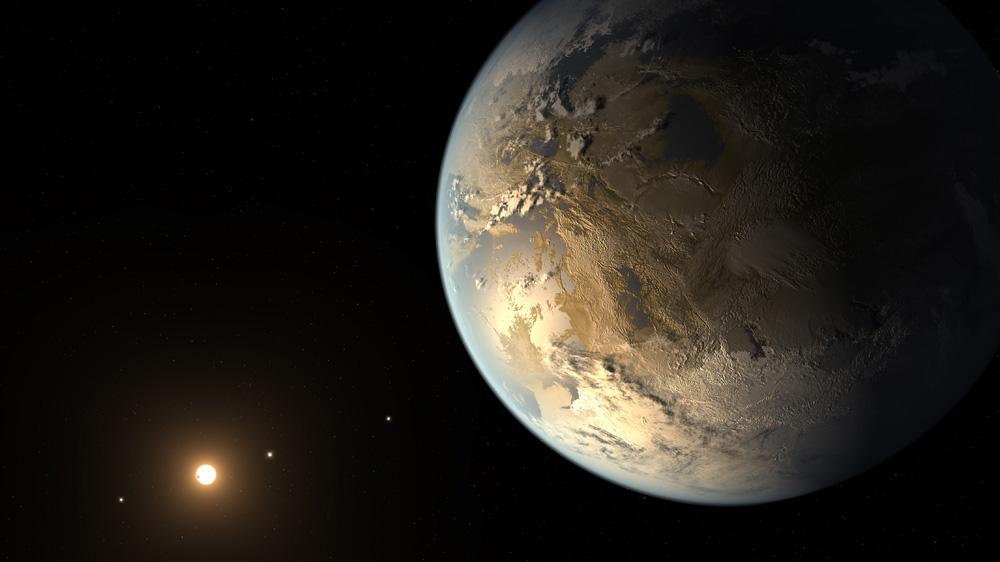The first main science goal of SPIRou is to search for, and to characterize, rocky planets similar to our Earth but orbiting red dwarf stars in the neighborhood of our Solar system – with a particular interest for planets located in the habitable zone of their host stars, that is for which liquid water can be present at their surface. Identifying habitable Earth-like planets and searching for biomarkers in their atmospheres is among the main objectives of this new century’s astronomy – motivating ambitious space missions like for instance the new James Webb Space Telescope to be launched in 2018.
Among the ~1000 exoplanets detected up to now, very few habitable Earth-like planets have yet been discovered due to the limited sensitivity of existing instruments. Looking for such habitable worlds around red dwarf stars makes this quest easier (as a result of the smaller masses and more compact habitable zones of red dwarfs), but requires specific instrumentation that can efficiently observe these very cool celestial bodies. SPIRou, the new generation high-precision velocimeter for CFHT, was designed to operate at near-infrared wavelengths to overcome this limitation.

